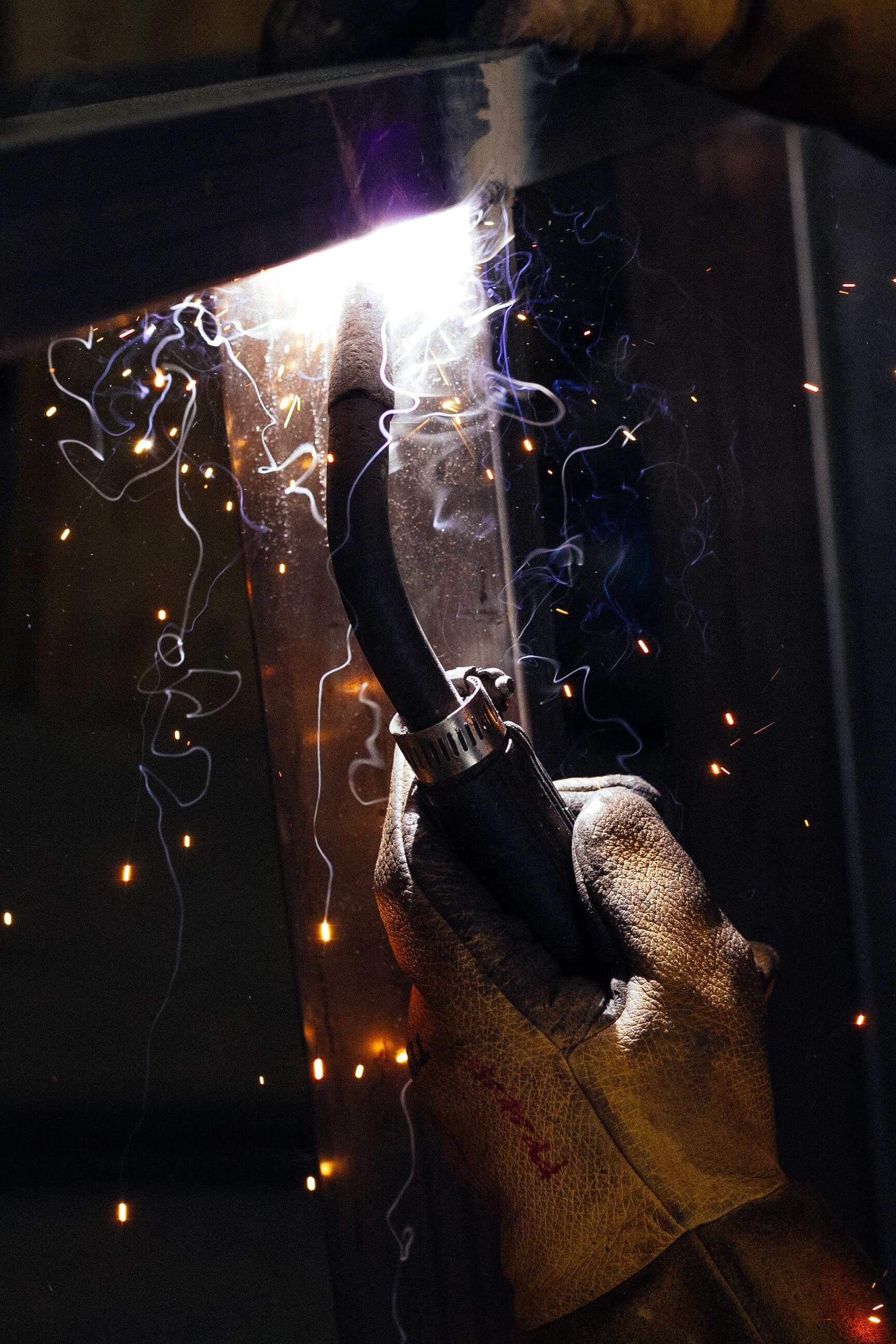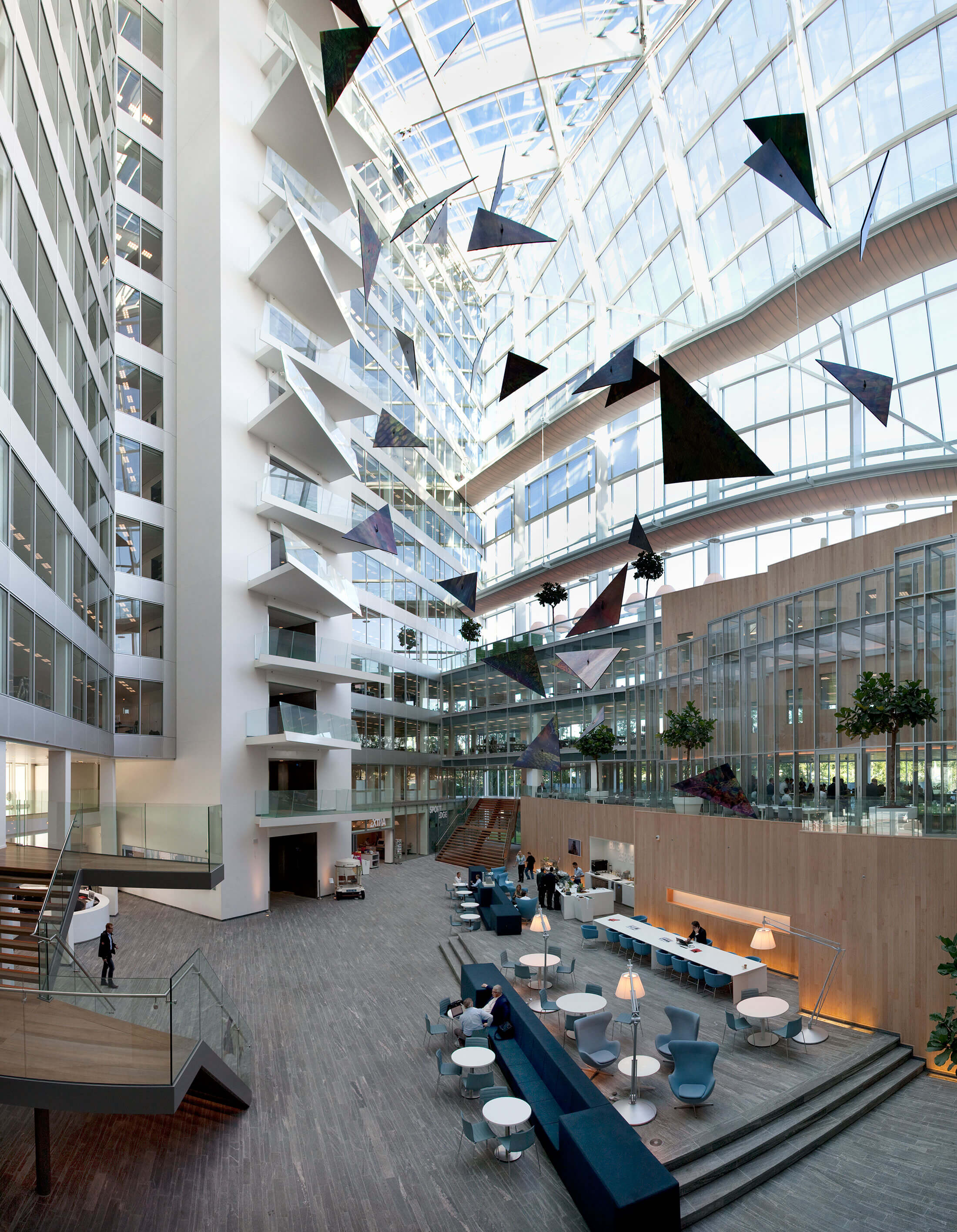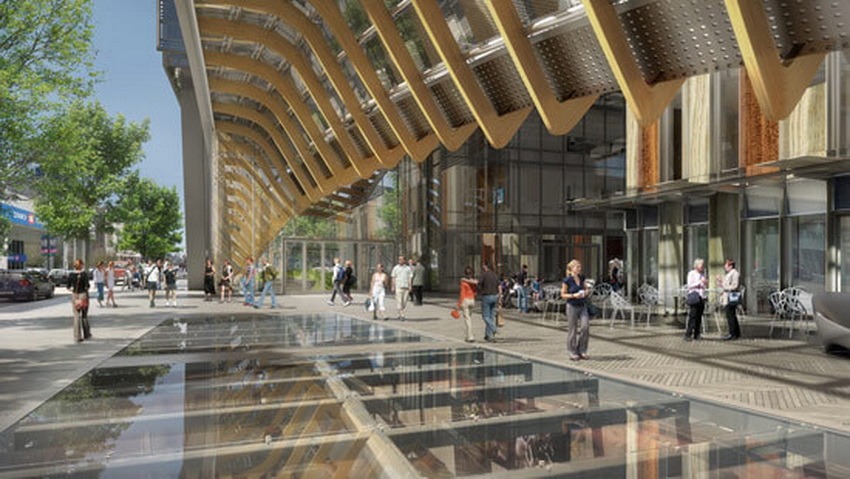Smart Building Technology and IoT
The concept of smart buildings is not new. It has taken off decades ago together with the idea of smart cities. In turn, the market for smart building technology started growing relatively recently. And the leap it has made in the last couple of years is outstanding, largely due to the rapid Internet of Things product development and big data technology.
Connected technology for smart buildings has generated over $1.2 billion in 2018, and is expected to double and reach $2.7 billion in 2022, according to Berg Insight.
World-leading companies in manufacturing, construction, security and energy like Johnson Controls, Schindler, KONE and Assa Abloy strengthen this market and drive innovation and intelligence to the new buildings and redesigned facilities.
Let’s find out why smart buildings have been getting so much attention and investment recently and what technologies and names stand behind the ongoing transformation.
It would be hard to squeeze the whole diversity of characteristics and features of this concept into a unified smart building definition. Instead, we’ll use a broad explanation.
Smart or intelligent building is an ecosystem (see EY’s definition) with a built-in network of connected devices and sensor-based systems that continuously create and share datum with each other and management systems and dynamically respond to the changing environment and the needs of its residents. This ecosystem is:

- Automated. The core systems of a smart building such as HVAC, lighting, elevators, electricity are automated, self-regulated and self-managed. For example, lighting systems adjust to the changing natural light, residents’ activity and energy loads and maintain the perfect conditions without human supervision.
- Driven by data. Data collected throughout the premises is the basis for the decisions automated systems make. This is why the majority of smart building solutions are sensor-based and imply tracking various conditions from air quality to the presence or motion detected in a space.
- Efficient. Increasing efficiency is the ultimate goal of smart building technology. It includes not only reduced cost thanks to better asset management and optimized resource use, but also enhanced comfort and productivity for the residents and better security on the premises.
- Sustainable. Intelligent buildings of the future are designed with the current sustainability goals and environmental restrictions in mind. Effective power management, integration of IoT systems for green energy and self-sustainability capabilities are the integral parts of the majority of smart buildings today.
The operation of a smart building fully relies on the use of modern and emerging technologies from sensor-enabled devices and equipment to AI algorithms for data analysis and forecasting.
Let’s study the example of KONE — one of the key producers and operators of elevators, escalators and automatic doors who provide the flow of more than 1 billion people in and between buildings daily. The company partners with IBM and uses a wide range of smart building solutions.

Sensors
Diverse sensors, from proximity to machine vision and gas detectors, collect data on the state of the environment and activity in different zones of a building in real time. This information is needed for a building to dynamically respond to changes automatically or warn managers in case human intervention is needed.
KONE elevators, for example, are equipped with a variety of sensors including load, velocity, pressure tracking. These sensors continuously collect data on the conditions of the elevators and enable predictive maintenance. On-demand maintenance, in turn, provides better efficiency, reduced cost and uninterrupted uptime of the equipment.
Smart things
Smart things are an integral part of smart building solutions. Connected things rely on the data coming from the inbuilt sensors and use it to operate automatically, for example, in the case of self-controlled window cleaners, or help human operators improve their performance, for example, in the case of IoT-based HVAC systems.
KONE autowalks and escalators, for example, track traffic and automatically adjust modes and velocity to optimize people flow and save energy at the same time.

Data technology
All the data collected by independent sensors, trackers and smart things wouldn’t be useful if not for the data technology used to interpret the generated data, provide insights to the management and enable automation. This kit of new building technologies includes the solutions for data acquisition, processing, cleansing, cloud storage, analytics and visualization.
As mentioned earlier, our example company, KONE, partners with IBM to process an enormous amount of data coming from elevator exploitation. For this purpose, the company uses various components of IBM Cloud including Watson IoT for cognitive data interpretation. Not only does the gained insights help keep KONE’s equipment running, but also enable smooth experience for end-users — faster delivery to the destination point and personalized experience on the way.
Machine learning
Machine learning is the part of data technology that helps gain unique insights from massive data collected throughout a smart building. Unlike traditional data analytic tools that require human interpretation, machine learning algorithms can handle larger volume of different data sets, including real-time and historical data. Smart algorithms can determine patterns, model predictions and find the insights unavailable to a human eye.
Thus, KONE uses IBM Watson’s cognitive capabilities and advanced algorithms to analyze people flow, coordinate the performance of elevators and predict the wear of the equipment.
Management systems and controls
Management systems and controls enable monitoring, remote control and management of the network of connected things in a smart building. This category includes web systems that provide managers with the view of the building operations, mobile apps to control smart devices and connected equipment, data analytics and visualization dashboards to gain visibility in the processes and system conditions, etc.
For example, IoT energy management system allows monitor and control electricity usage across the building and helps build reasonable and responsible power consumption routines.
Thanks to the partnership with IBM, KONE implemented a management system for call center technicians. The system based on IBM Watson allows the teams to monitor the condition of the equipment, rapidly identify issues and respond with an adequate troubleshooting scheme using previous experience.

Smart building and Internet of Things are interdependent. In fact, if not for IoT, modern buildings wouldn’t have been connected and sustainable in the first place. Thanks to IoT and data technology, the concepts of smart hospitals, smart grid and, generally, smart buildings became possible.
Transforming a building with IoT provides a wide range of opportunities and benefits for the residents, management, utility companies and maintenance services as well as the whole city in general. Here’s how:
- IoT technology allows connecting the components of vital building systems, like HVAC, lighting, electricity and enables IoT real time infrastructure monitoring and control.
- Smart IoT devices and equipment, for example, a smart circuit, IoT based water management system, light bulb, thermostat, window cleaner and air purifier, drive automation and efficiency to building management and help reduce resource and labor cost.
- Integrating sensor and data technology provides visibility to the processes and activities in the building, help optimize troubleshooting and maintenance, develop healthy and secure routines.
- IoT security applications improve the safety and reliability of systems and spaces in the building and contribute to the overall security in the area.
Growing availability and diversity of IoT and big data applications, platforms and plug-and-play solutions make it possible to both add intelligence to existing buildings and design new smart buildings with efficiency and sustainability goals in mind. Here are a few smart buildings examples to support this point.
Empire State Building

ESB is a symbol of New York and the first image that comes in mind when you think of Manhattan. It also happens to be one of the smartest buildings in one of the smartest cities in the world. That’s right, a 90-year old iconic edifice became an example of a great transformation which has been going for 10 years already and has already brought investors and shareholders millions of dollars in return.
Together the EBS team, Jones Lang LaSalle (JLL), Johnson Controls and Rocky Mountain Institute introduced a range of resource-saving initiatives and integrated sensor-based monitoring and management systems for the building’s vitals — air quality, heating, cooling, lighting, energy, etc. As a result, ESB has become one of the most efficient buildings in the neighborhood and even received a prestigious LEED Gold in the U.S. Green Building Rating.
The example of ESB only proves that any building, either old or new, has great potential with the right technology in place.
The Edge

Headquarter of Deloitte, The Edge of Amsterdam is the first building that has received the highest sustainability score according to BREEAM. It uses geothermal and solar energy and has sensors installed to basically any device and equipment from essential heating and cooling systems to coffee machines and towel dispensers.
This technology-rich strategy enabled ultimate connectivity between the building’s systems, controls, managers and occupants. This approach led to unprecedented resource savings and efficiency.
It also provided people with access to the information which changed their experiences and routines in the building. For example, the building’s app navigates people to meeting spaces according to their schedules, helps find working desks, free parking spaces or even their colleagues.
TELUS Garden

TELUS Garden is a landmark of Vancouver. It is also a great smart building example. The building has received its first LEED Platinum in 2015 and never stopped improving its sustainability score since then.
Both residential and office spaces in TELUS Garden rely on the network of connected systems that provide basic services such as ventilation, heating, waste management and lighting in an energy-efficient and environmentally friendly way. One of the most important parts of this system is the smart metering for electricity management which provides unprecedented savings and control over power consumption in the building.
Our team has the practical expertise and deep knowledge of designing and developing applications and big data tools.
For over two years, we have been working on cross-platform applications and data ecosystem for an IoT solution for energy management in smart buildings and smart homes. See the full case study here.
Are you interested in smart building technologies? Do you have an IoT project in mind and looking for a skilled software development team? Contact Digiteum for a free consultation. And let’s start your project right away!




